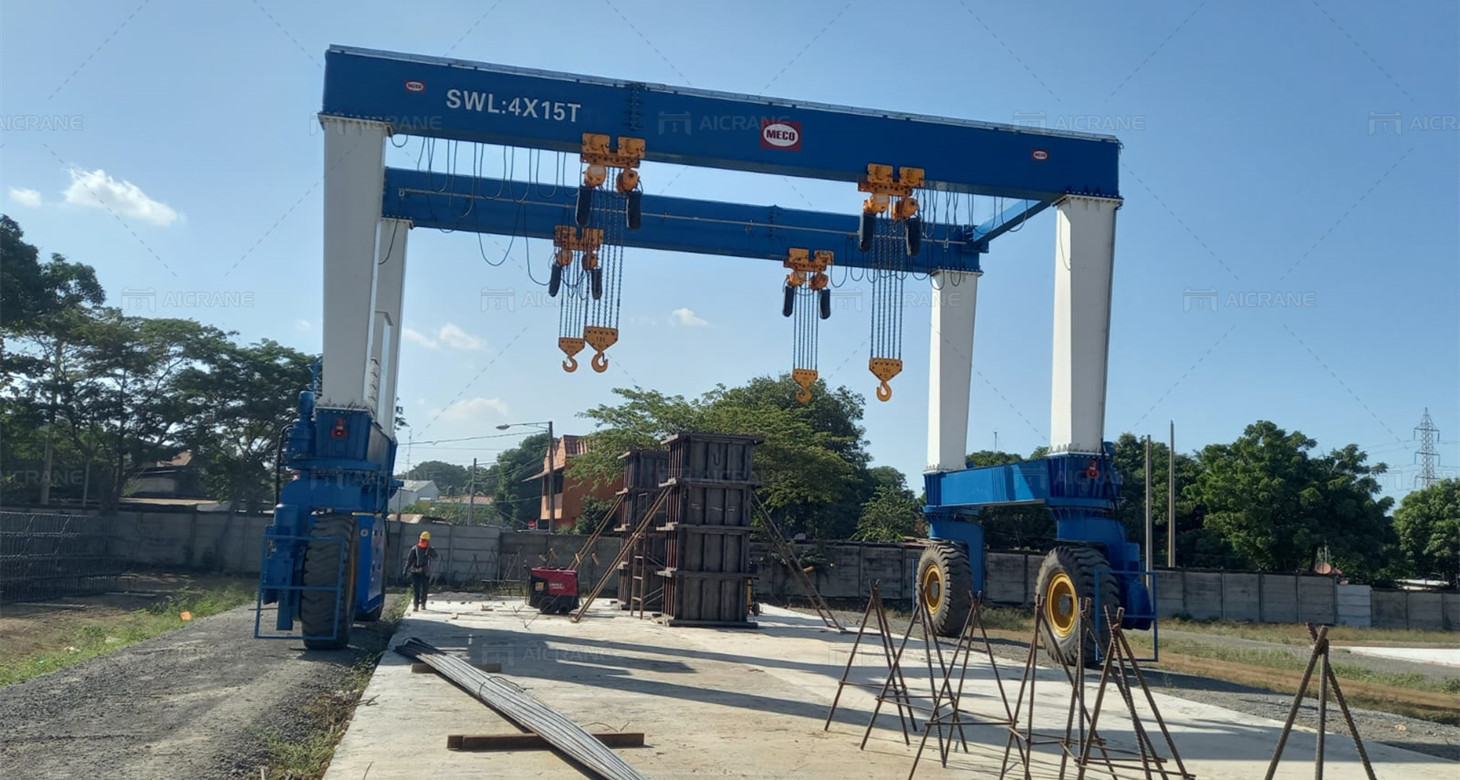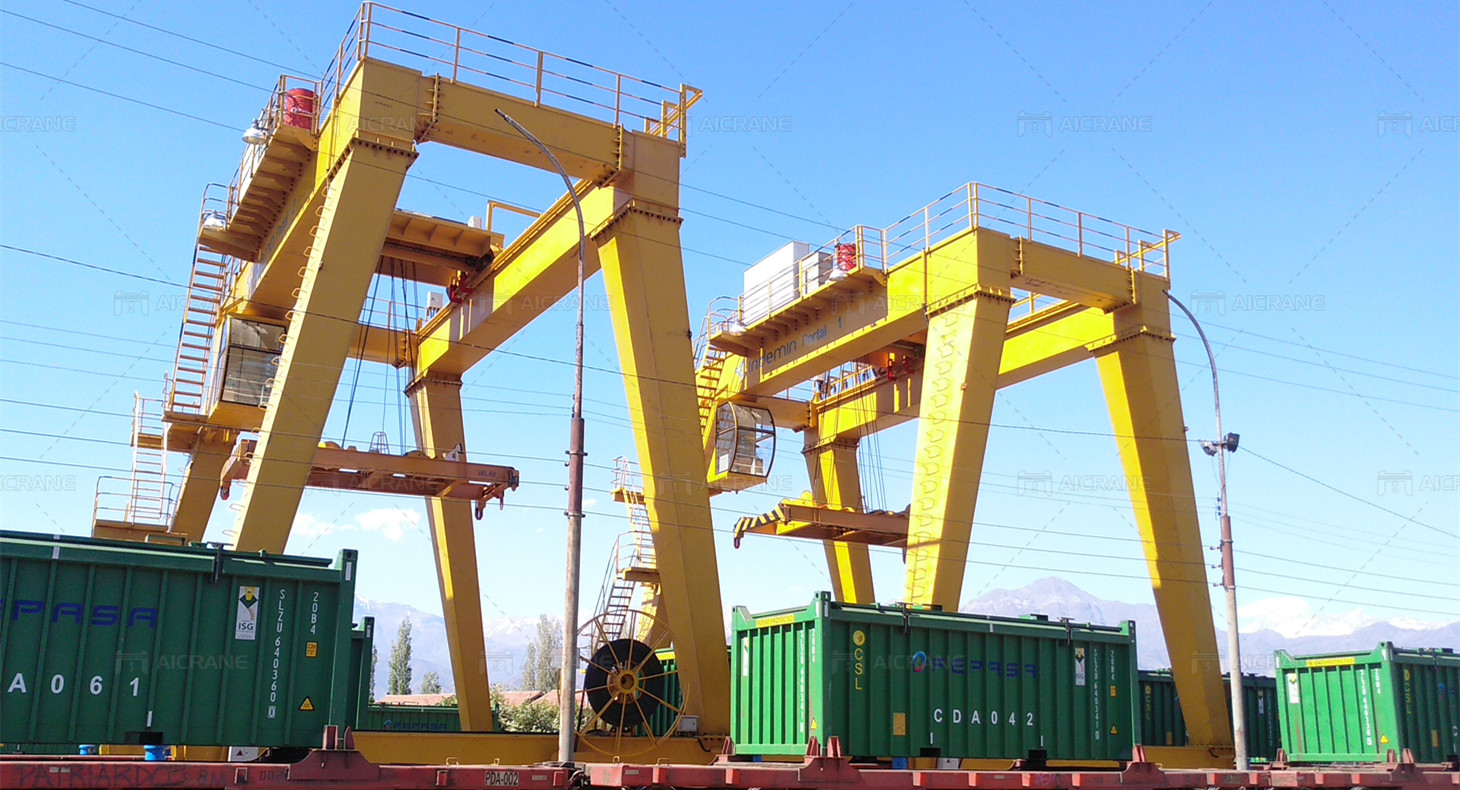When considering the purchase or rental of a 60 ton crane, it is essential to understand the various factors that influence its price. Cranes are heavy-duty machinery designed to perform demanding lifting tasks, making them a significant investment for industries like construction, manufacturing, shipping, and logistics. The price of a 60 ton crane can vary significantly based on several elements, and knowing these factors can help you make an informed decision, negotiate better deals, and ensure that you get the most value for your money. Whether you are buying or renting, understanding these variables can also assist in better planning and budgeting for your business operations.

Type of Crane
One of the most important factors influencing the 60 ton crane price is the type of crane you are looking at. Cranes come in various types, each designed for specific applications, and their price can vary based on the design and features. Common types of cranes in the 60-ton category include:
Truck-mounted Cranes: These cranes are mounted on trucks and are highly mobile. They are suitable for jobs that require moving the crane between different locations. However, the price may be higher due to their mobility and the added complexity of the truck chassis.
Crawler Cranes: These cranes are equipped with tracks, making them ideal for rough terrains and off-road use. The mobility and stability of crawler cranes come at a higher price, making them more expensive than other types.
Tower Cranes: Tower cranes are typically used in construction, especially for lifting heavy loads at great heights. While their base cost is often high, their ability to handle specific tasks with precision might justify the price for construction projects.
All-Terrain Cranes: These cranes can travel both on highways and rough construction sites. Their versatility makes them expensive but very effective for certain projects requiring both mobility and stability.
The type of crane you choose directly impacts the 60 ton gantry crane price because of differences in the materials used, design, and specialized capabilities. A truck-mounted crane, for example, may be cheaper than a crawler crane, but it may not be as suitable for rough terrain. Therefore, determining which type best suits your needs will help you understand why certain models are priced higher than others.
Brand and Manufacturer
The brand and manufacturer of the crane play a significant role in its price. Established brands like Aicrane with a reputation for quality, reliability, and innovative technology typically have higher-priced equipment. These brands invest heavily in research and development to ensure their cranes meet industry standards and offer cutting-edge features such as automation, advanced safety systems, and energy efficiency.
However, it’s important to note that while reputable manufacturers may offer superior quality, their cranes might come with a higher price tag. On the other hand, lesser-known brands might offer similar cranes at a more competitive price but could lack the same level of after-sales support, warranty options, or long-term reliability. When considering the 60 ton crane price, balance the reputation of the manufacturer with the crane’s capabilities to find the right model that fits your budget and requirements.
Crane Features and Specifications
Crane specifications such as lifting capacity, boom length, and reach can influence the price of the 60 ton crane. A 60-ton capacity is an intermediate weight class, and while this size is generally used in medium to large-scale projects, the crane’s features can still significantly affect its cost.
Lifting Capacity: Although the crane is rated for 60 tons, some cranes come with enhanced lifting capacities for specific types of loads. Heavy duty gantry cranes with higher lifting capacities may be priced higher even if the nominal weight limit remains the same.
Boom Length and Reach: The boom is the extendable arm of the crane, and its length determines the reach of the crane. Cranes with longer booms that can lift and place materials at greater distances generally come with a higher price due to the increased engineering complexity and materials required.
Hydraulic Systems: Cranes equipped with advanced hydraulic systems for better lifting efficiency, precise load control, and smoother operations can command higher prices. These systems are often designed to handle heavy loads and improve fuel efficiency, which increases the crane’s overall value.
Safety Features: Cranes with added safety features such as overload protection, anti-collision systems, automatic load monitoring, and stability control mechanisms are likely to be priced higher. While safety features increase the cost, they are an essential part of ensuring the safety of workers and the machinery itself during operation.
The more specialized the crane’s features, the higher the price. However, investing in a crane with the right specifications can save money in the long run by improving operational efficiency, reducing downtime, and enhancing safety.
Construction Material and Design
The materials used to construct the crane and its overall design influence both the durability and price. Cranes made from high-strength steel and other durable materials that can withstand extreme conditions tend to be more expensive. The design also affects factors like crane stability, ease of operation, and maintenance needs.
Corrosion-Resistant Materials: Cranes used in harsh environments, such as near coastal areas or in marine applications, may be designed with corrosion-resistant materials to protect against the elements. This added protection drives up the cost of the crane but ensures its longevity.
Modular Design: Some cranes have modular designs that allow for easy assembly, disassembly, and transportation. These cranes are often more expensive because of the added complexity in their design but can be cost-effective in terms of logistical efficiency for projects in multiple locations.
Investing in a crane with higher-quality construction materials can result in a more durable machine, less frequent repairs, and longer operational lifespans, which can ultimately justify the higher upfront cost.

Age and Condition of the Crane
Another factor that affects the 60 ton crane price is whether the crane is new or used. New cranes are typically priced higher due to the advanced technology, warranty, and the lack of wear and tear. Used cranes, on the other hand, may be more affordable, but you will need to consider their condition, maintenance history, and remaining useful life.
New Cranes: A new crane comes with the latest technological advancements, higher reliability, and full warranty coverage. You can also expect the crane to be in excellent condition, which justifies the higher price.
Used Cranes: A used crane can significantly lower your upfront costs, but it comes with risks regarding maintenance, potential repairs, and reduced lifespan. When buying used, it’s essential to inspect the crane thoroughly, ask for maintenance records, and ensure that it has been well-maintained.
For businesses on a budget, purchasing a used crane may be an attractive option, but always factor in the cost of any necessary repairs or refurbishments that could be required.
Delivery and Installation Costs
In addition to the base price of the crane, there are additional costs related to delivery, installation, and setup. Cranes, especially those weighing 60 tons, require specialized transport to ensure that they are delivered safely and on time. The cost of transporting a crane, along with any associated logistics and installation expenses, can add a significant amount to the overall cost.
Transport Costs: Depending on the crane’s size, delivery might involve disassembling the crane into parts and transporting it via special trucks or shipping containers. The further the delivery distance, the higher the cost.
Installation and Setup: After delivery, the crane will need to be assembled and set up on-site. Some suppliers offer installation services, but this can come at an additional cost, especially for cranes with complex hydraulic systems or electrical setups.
Understanding these additional costs is crucial when evaluating the 60 ton crane price to avoid hidden fees and ensure that your budget accounts for all aspects of the purchase.
Location and Market Conditions
Finally, location and market conditions can affect the price of a 60 ton crane. The cost of cranes may vary depending on where you purchase them, as different regions may have varying supply and demand levels, taxes, tariffs, and import/export regulations.
Regional Pricing Variations: In some regions, cranes may be more expensive due to shipping costs or import taxes. On the other hand, locally manufactured cranes may have lower prices due to reduced transportation costs and tariffs.
Economic Factors: General economic conditions can also impact crane prices. During periods of high demand for construction or industrial equipment, crane prices may rise due to limited availability, while in times of economic downturn, prices may become more competitive.
Knowing the factors that influence 60 ton crane price is crucial for making an informed decision when purchasing or renting this heavy-duty equipment. By understanding the type of crane, the brand, crane features, material quality, age, and other considerations, you can ensure that you make a purchase that aligns with your budget, needs, and long-term goals. Whether you are looking to buy new or used, taking the time to carefully evaluate all factors will help you get the best value and performance from your investment.
